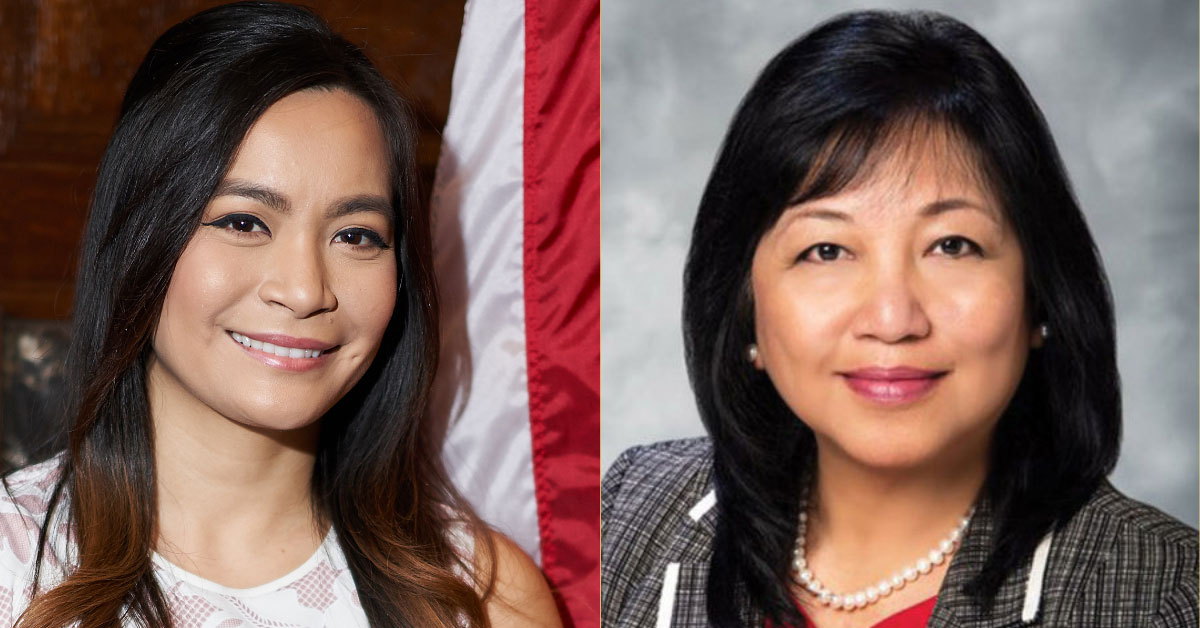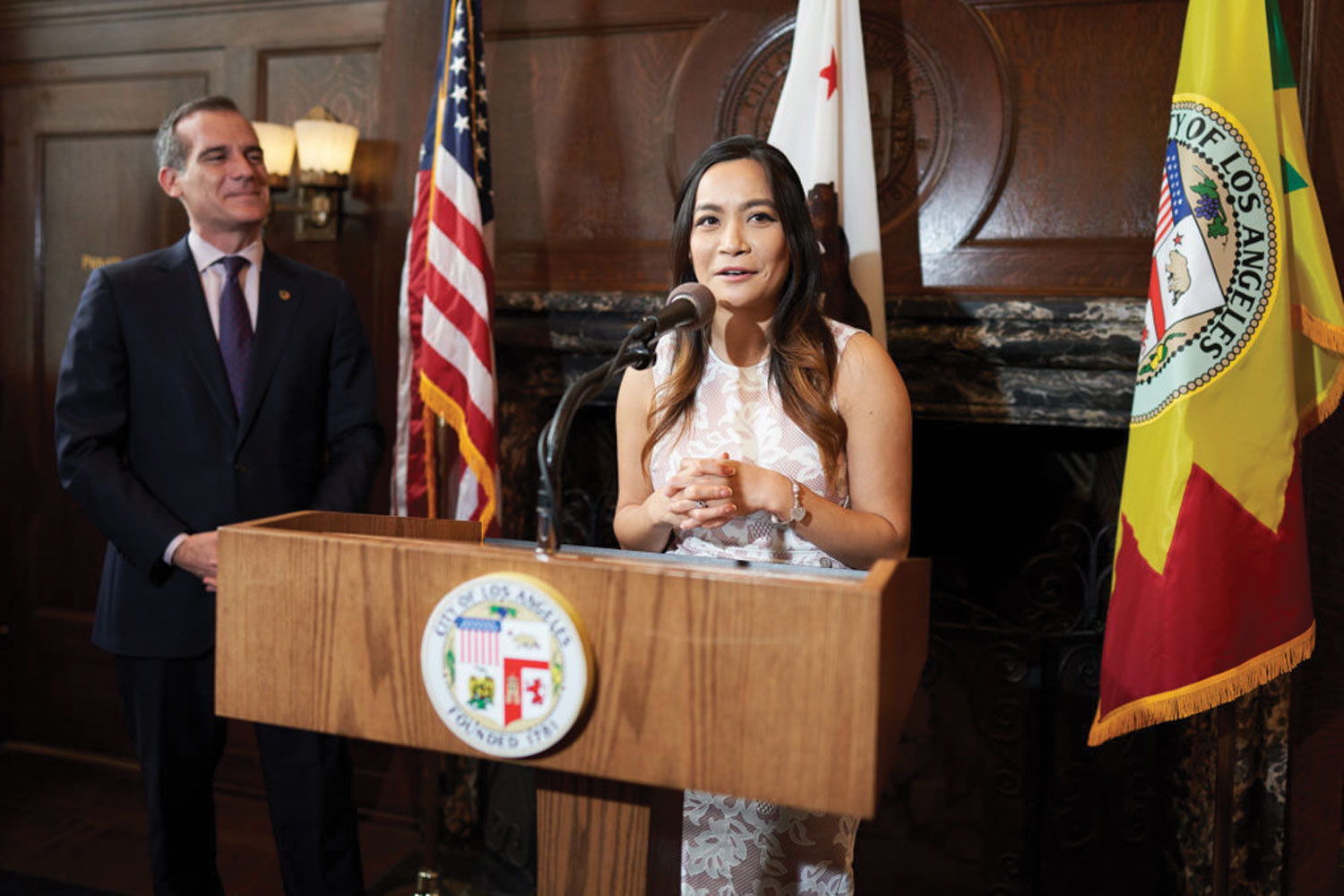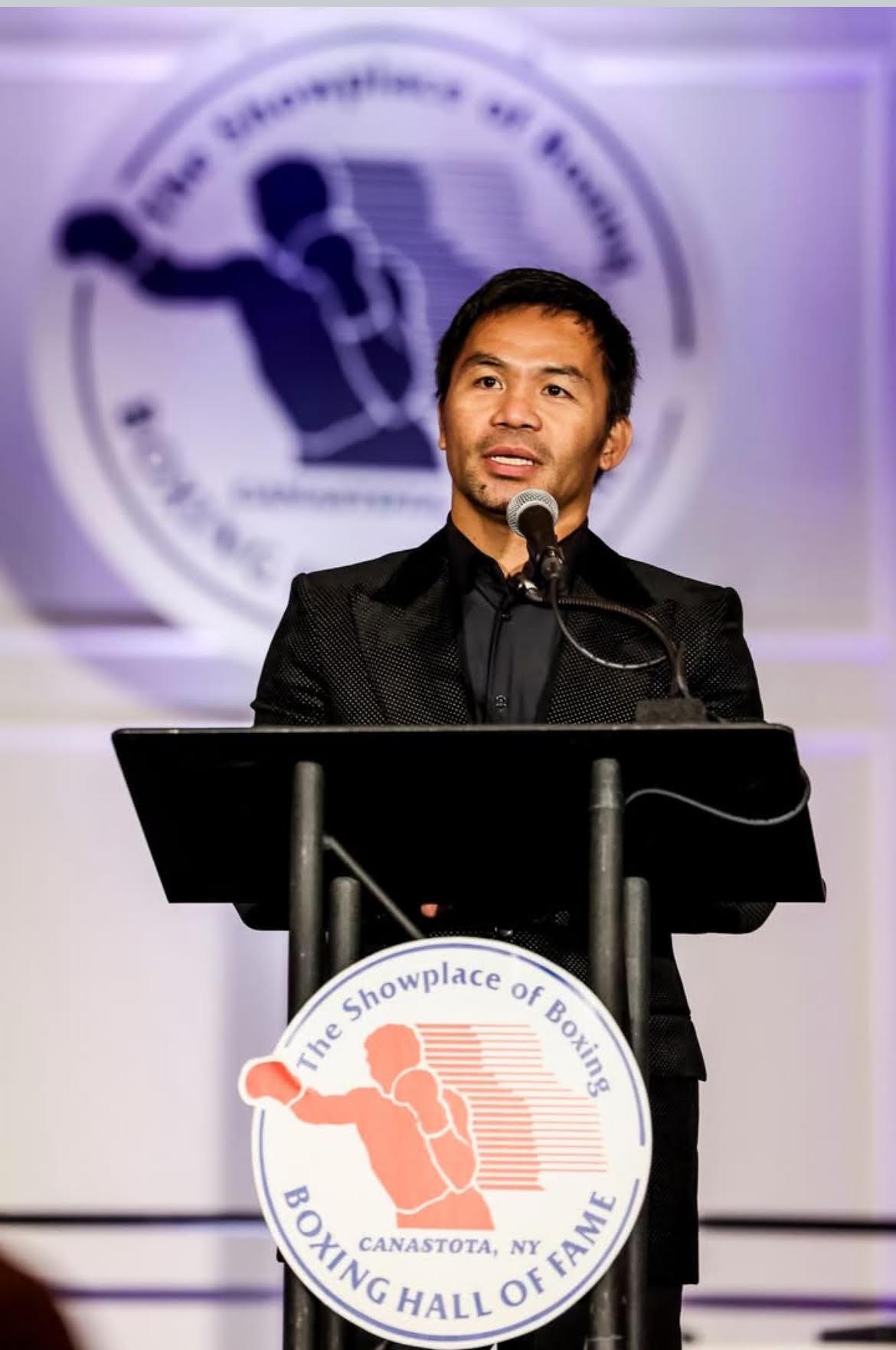
TWO Filipina American commissioners have been reappointed to five-year terms on Los Angeles boards that handle critical infrastructure programs and utility services for the city’s 4 million residents.
The LA City Council unanimously voted for Jessica Caloza to serve five more years on the Board of Public Works, while Susana Reyes will continue with the Board of Water and Power Commission.
Both women — who have been in their positions since 2019 after being nominated separately by Mayor Eric Garcetti — were virtually sworn-in by the City Clerk in mid-June due to the coronavirus pandemic.

A year of ‘firsts’
Caloza, who became the first Pinay to sit on the board in March 2019, is one of five full-time executive members who oversee projects and programs, such as construction and sanitation. She specifically handles the Bureau of Engineering, which deals with infrastructure plans.
“It’s an incredible privilege to serve as the first Filipina American on the Board of Public Works. Mayor Garcetti has always been a champion of diversity and inclusion — he wants to make sure underrepresented communities are at the table and the Board of Public Works is a testament to that. I’m grateful for the opportunity to continue serving my community and my city,” she told the Asian Journal.
As a first-generation immigrant from the Philippines, she recalls relying on public programs in Los Angeles and how they have shaped her priorities as a public official.
“My goals are and have always been to empower the community, advance equity, and champion inclusion. I’m committed to making sure our communities are supported and those facing barriers to access and resources have what they need to succeed,” Caloza said. “English is my second language so barriers to our Limited English Proficient (LEP) population hit close to home for me. One of my goals is to provide more language access to our city services so we can better help our immigrant communities.”
Caloza spent her first year in the position marking milestones in the Filipino American community and the city itself, including the first roundtable discussion for women in construction and expanding opportunities for minority groups to do business with the city.

Another goal has been to continue promoting culture in the city’s public spaces. Last October, she hosted the Filipino American History Month Lighting Ceremony and Celebration at City Hall alongside fellow Fil-Ams in the Garcetti administration, Commissioner Reyes Deputy Mayor Miguel Sangalang.
Over 200 Fil-Ams representing local government, businesses and community organizations as the iconic city building was illuminated in yellow, blue, crimson red and white to represent the Philippine flag.
“In order to reimagine a more equitable city, our public spaces should celebrate the contributions and diversity of our communities,” Caloza said.
This past June, Caloza, along with Councilmember Mitch O’Farrell, announced the Historic Filipinotown Eastern Gateway Project along Beverly Boulevard as a landmark structure welcoming visitors to the neighborhood.

Designed by Fil-Am artist Eliseo Art Silva — whose work includes the “Gintong Kasaysayan” mural in HiFi’s Unidad Park — the renderings of the gateway named, “Talang Gabay: Our Guiding Star,” show a teal gateway with yellow sides bearing symbols including, the parol (star-shaped lantern), the gumamela (hibiscus flower), and the sarimanok (a legendary bird in Maranao art that symbolizes good fortune).
The gateway will honor the history and legacy of Filipino Americans to the city as well as the contributions of health care front-liners during the pandemic.
An estimated 10,000 Filipino Americans continue to reside in the neighborhood, while over 600,000 Fil-Ams are said to live in the greater Los Angeles area, as previously reported by the Asian Journal.
Prior to the Board of Public Works, Caloza had served as director of scheduling for Garcetti since 2017 after a stint as deputy director of scheduling and a member of the Office of Immigrant Affairs, where she managed policy proposals, grant programs, and civic engagement initiatives focused on expanding access to resources for immigrant communities.
With the next five years to help shape LA’s infrastructure, Caloza urged community members to complete the U.S. Census, which determines how much federal funding will be allocated to local schools, hospitals, roads and other public works projects.
“Another way to stay engaged is to get involved in a local community-based organization.
The city works hand-in-hand with our community partners and it’s through their advocacy and support that we’re able to make things happen,” she said.
An ‘equitable’ Los Angeles
In June 2019, Reyes, a 32-year veteran in the city, became the first Pinay and retiree to serve the LA Department of Water and Power (LADWP)’s board of commissioners.

The five-member commission oversees the country’s largest municipal utility by setting policy for the department and voting on utility rates and renewable energy projects.
Reyes previously was the director of the LADWP’s Low-Income Customer Access, a position that helped ensure low-income ratepayers could access financial assistance, discounts, and rebates offered by the utility.
She also served as a senior analyst on Garcetti’s sustainability team, where she oversaw the implementation of Los Angeles’ first Sustainable City pLAn and helped the City secure a $1.7 million grant from the California Air and Resources Board to help launch BlueLA, an EV car-sharing pilot program in low-income communities.
“I want to be the commissioner who will continue to champion equity and disrupt mediocrity in the ways LADWP does and operationalizes its business,” Reyes told the Asian Journal. “Although LADWP has weathered disruptive periods before, including restructuring, many of the current issues bring challenges for which there is no playbook for guidance. I’m taking notes of best practices and lessons learned as I execute the responsibility entrusted to me.”
In the past year, Reyes’ led the charge to reevaluate the department’s Equity Metrics Data Initiative and how resources are allocated to underserved communities, especially in light of the recent Black Lives Matter protests and the call for leadership positions to address racial equity issues and to reflect the residents they serve.
“I call this as leading from the inside out. Any exploration of implicit bias must be part of a larger conversation about how current inequities came to be, how they are held in place, and what [the] LADWP’s role is in perpetuating inequities despite good intentions,” Reyes said.

With five months into the pandemic, the LADWP’s services remain critical than ever, having to reassure customers that the water is of high quality and safe to drink, and temporarily halting electricity and water shutoffs as many residents, especially in minority communities, have difficulty paying bills on time due to layoffs or other financial concerns related to COVID-19.
“At the onset of the pandemic, I instructed the LADWP to have a plan for customers who have been furloughed or laid off and for businesses who have closed due to the pandemic by issuing a moratorium on shutoffs and educating customers on bill payment plans. I also requested the development of an employee telecommuting on a permanent and on an emergency basis,” Reyes said.
As for what the coming year will look like, Reyes said she will continue championing the need for more electric vehicle infrastructure and transportation electrification, especially with how the LA Unified School District can transition to electric buses.
“Building electrification is also one of my priorities in line with one of the goals of the mayor’s Green New Deal LA,” she said. “[I will] build adaptation and resiliency in meeting the challenges and opportunities presented by new technologies, expanded customer needs, and more robust public policy and regulations. The renewable energy sector is uniquely primed for expansion and LADWP can and will be a key player.”
Another one of Reyes’ larger goals is to engage the Fil-Ams who work for the department as there are some 600 of them and are an “untapped talent source for leadership positions at LADWP and within the city itself.”
“I came to L.A. as an immigrant with first-hand experience and knowledge about the importance of amplifying diverse voices in their struggles for equal access and opportunities,” she said, adding “As one of their own, I make myself accessible to their issues and concerns to the best that I can. I also want to foster partnerships with Filipino organizations that share common interests in business improvements, civic participation, community outreach, and political leadership opportunities.”






